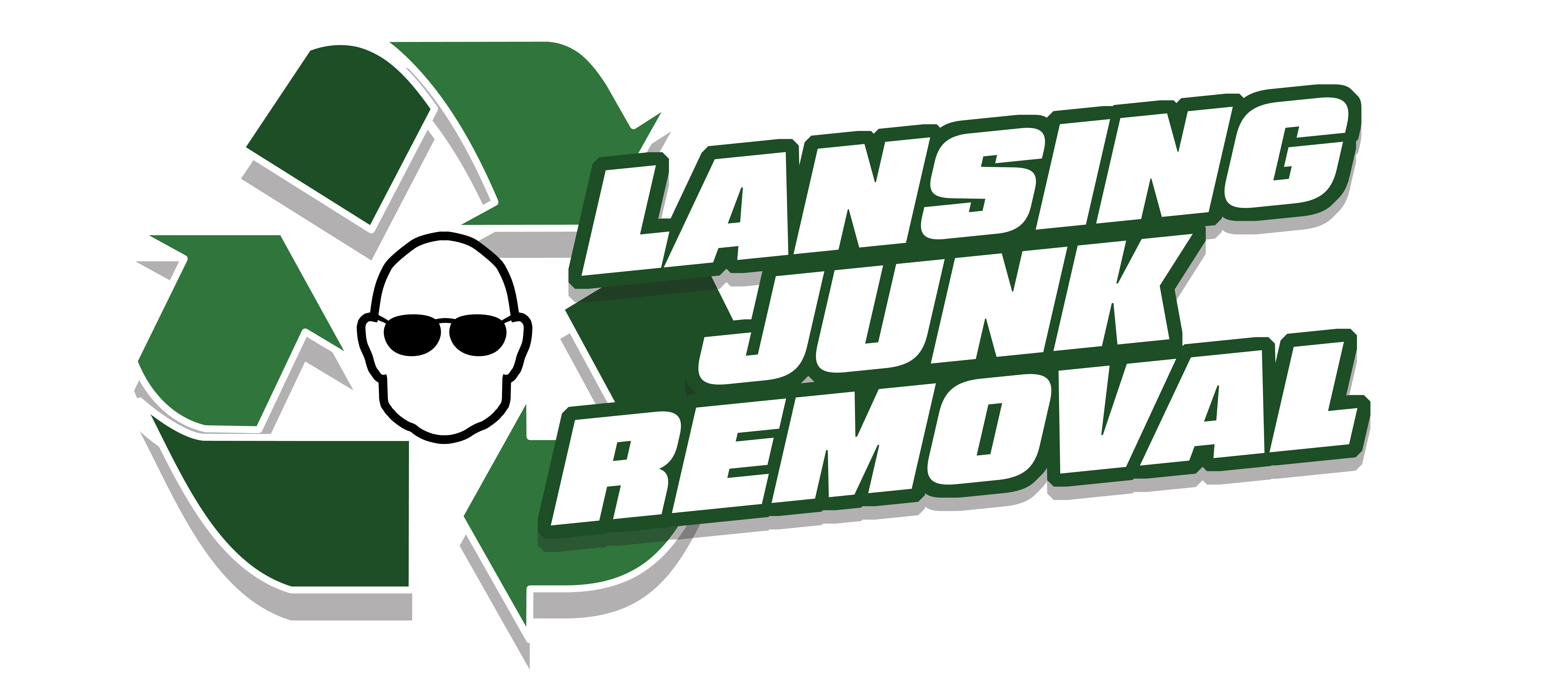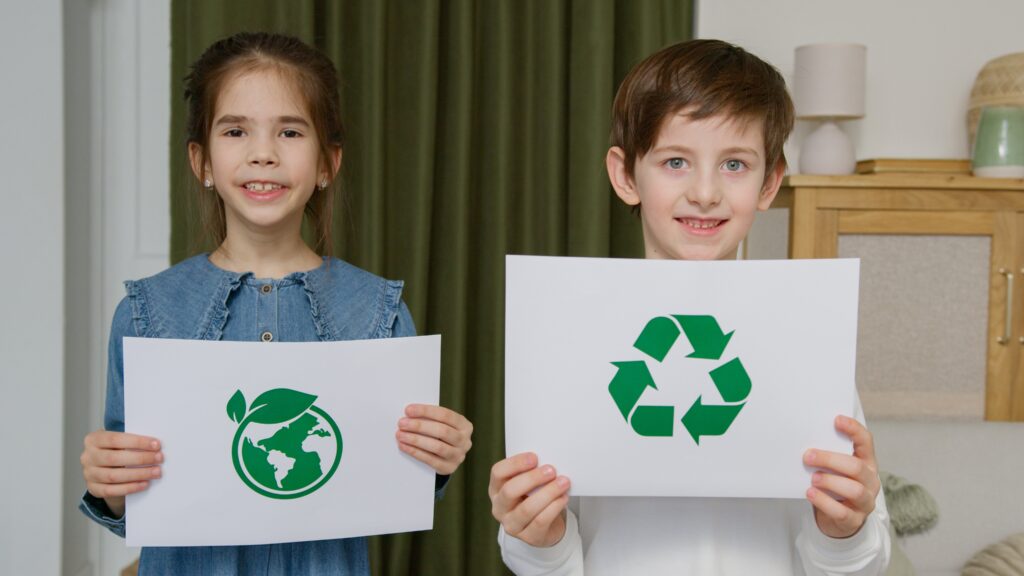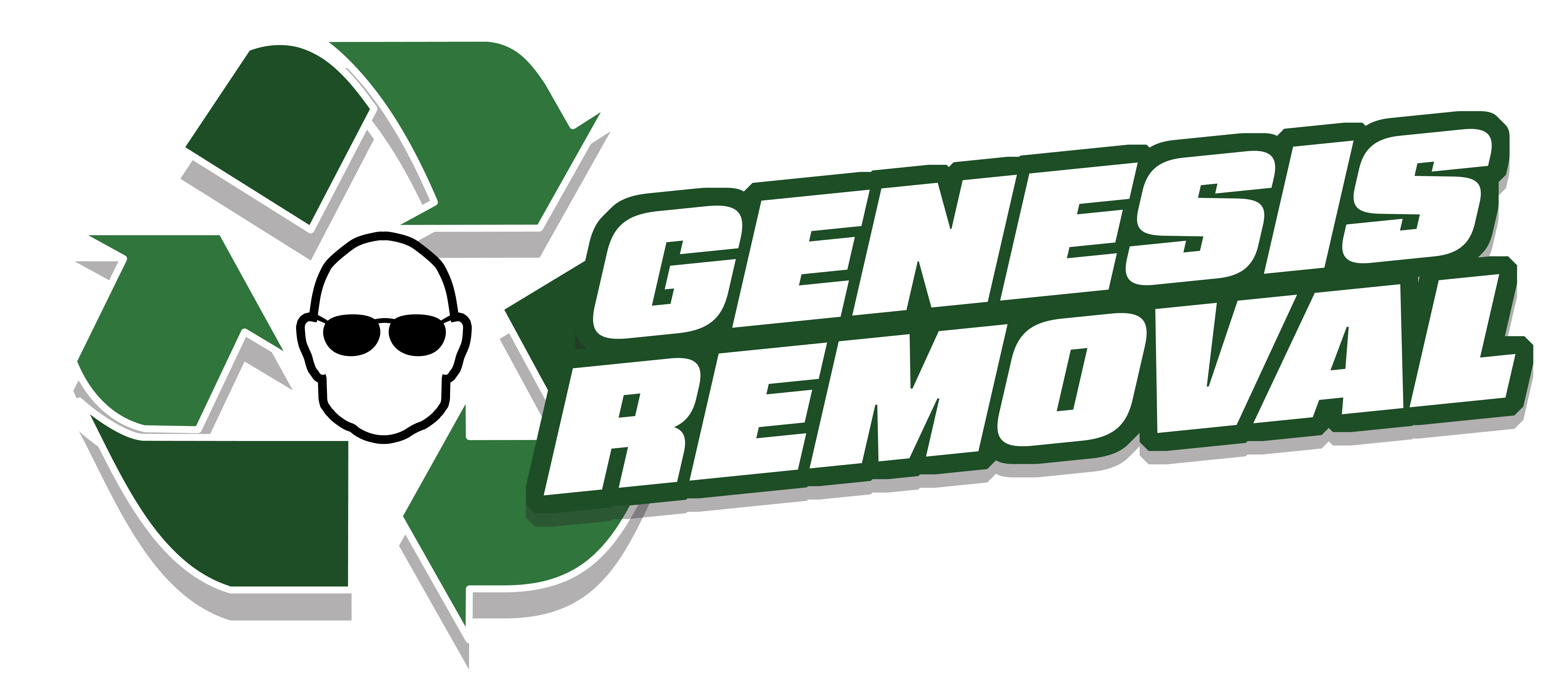Recycling plastics at home is an essential step toward reducing environmental pollution and promoting sustainability. While the process may seem daunting at first, with the right knowledge and tools, anyone can effectively recycle plastics. Here’s a comprehensive guide on how to recycle plastics at home.
Cleaning and Sorting Plastics
Proper cleaning and sorting of plastics are crucial for effective recycling. Here’s how to do it:
- Rinse Thoroughly: Before recycling, rinse all plastic containers to remove food residue. This prevents contamination and ensures that the plastic can be processed correctly. For stubborn residues, use a little dish soap and warm water.
- Separate by Resin Code: Sort your plastics by their resin codes, which are usually marked on the bottom of the containers. Different types of plastics are processed differently, so sorting helps avoid contamination.
- Remove Non-Plastic Components: Remove any non-plastic parts such as metal caps, labels, and rubber seals. These components can interfere with the recycling process.
Creative Reuse of Plastics
While recycling is important, reusing plastics can be equally beneficial. Here are some creative ways to repurpose plastic items at home:
- DIY Planters: Cut the tops off plastic bottles to create small planters for herbs or flowers. Decorate the bottles with paint or stickers to add a personal touch.
- Storage Solutions: Use cleaned plastic containers to organize small household items like screws, nails, or craft supplies. Label the containers for easy identification.
- Art and Craft Projects: Involve children in creating art projects using plastic bottles, caps, and containers. Not only does this encourage creativity, but it also teaches the importance of recycling.
Setting Up a Home Recycling Station
Establishing a home recycling station makes the process more efficient and encourages everyone in the household to participate. Here’s how to set one up:
- Choose a Location: Select a convenient spot in your home, such as the kitchen, garage, or utility room. Ensure the area is easily accessible to all family members.
- Use Clearly Labeled Bins: Provide separate bins for each type of plastic, clearly labeled with the corresponding resin codes. This makes sorting easier and more efficient.
- Regularly Monitor and Empty Bins: Check your recycling bins regularly and empty them when full. This prevents overflow and keeps your recycling station organized.
Utilizing Local Recycling Programs
Take advantage of local recycling programs to ensure your plastics are properly processed. Here’s what you can do:
- Research Local Guidelines: Check with your local recycling center for specific guidelines on plastic recycling. Each municipality may have different requirements and accepted materials.
- Participate in Community Drives: Join community recycling drives or events that promote plastic recycling. These initiatives often provide additional resources and information.
- Support Local Initiatives: Support local businesses and organizations that advocate for plastic recycling. Your involvement can make a significant impact on the community’s recycling efforts.
Recycling plastics at home is an achievable goal with the right knowledge and commitment. By properly cleaning and sorting your plastics, creatively reusing plastic items, setting up a home recycling station, and utilizing local recycling programs, you can contribute to a healthier environment. Start today and make a positive change for the future.


